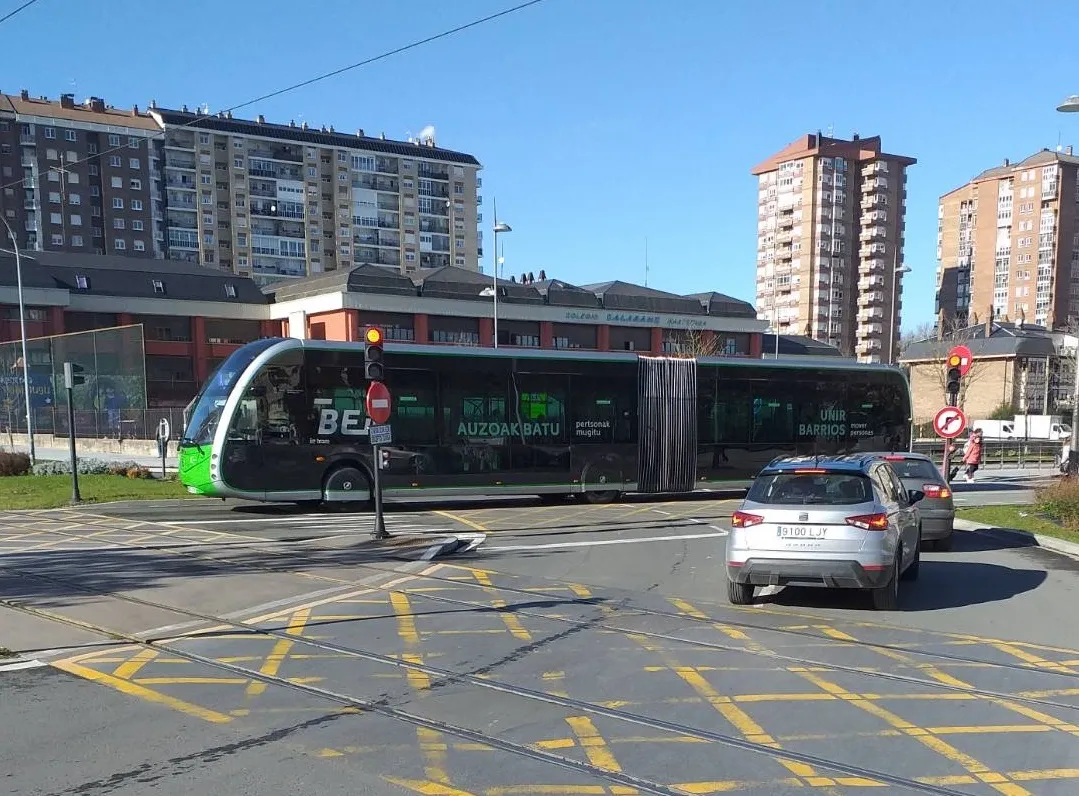
This is a real-time tracking application for managing traffic lights and passenger information. The system ensures that traffic lights automatically turn green for emergency and public transport vehicles at road intersections.
The City of Reykjavik and the Icelandic Road and Coastal administration (Vegagerd rikisins) are sharing the system, which has initially been installed at six intersections in the centre of the capital.
Over the coming months, around 50 fire trucks and ambulances, and about 120 buses are set to be fitted out with on-board units (OBUs).
Using GPS, the OBUs calculate a vehicle’s position to the nearest 5m and transmit this information to the traffic control centre. As OBU fitted vehicles pass signalling points, the control centre switches the lights to green.
Once the vehicle crosses the intersection, the lights revert to normal operation. Sitraffic is completely digital and simply requires installing a small OBU incorporating an integrated GPS/GPRS antenna in the vehicle, eliminating the need for expensive roadside installations.
Position data can also be used to provide up-to-date bus departure times at stops in real time, improving public transport punctuality and reliability. CO2 pollution is also reduced as buses don’t get held up in traffic so much and offer a prioritised alternative to private transport.
For emergency vehicles, safety benefits are that they no longer have to go through red lights at intersections.









